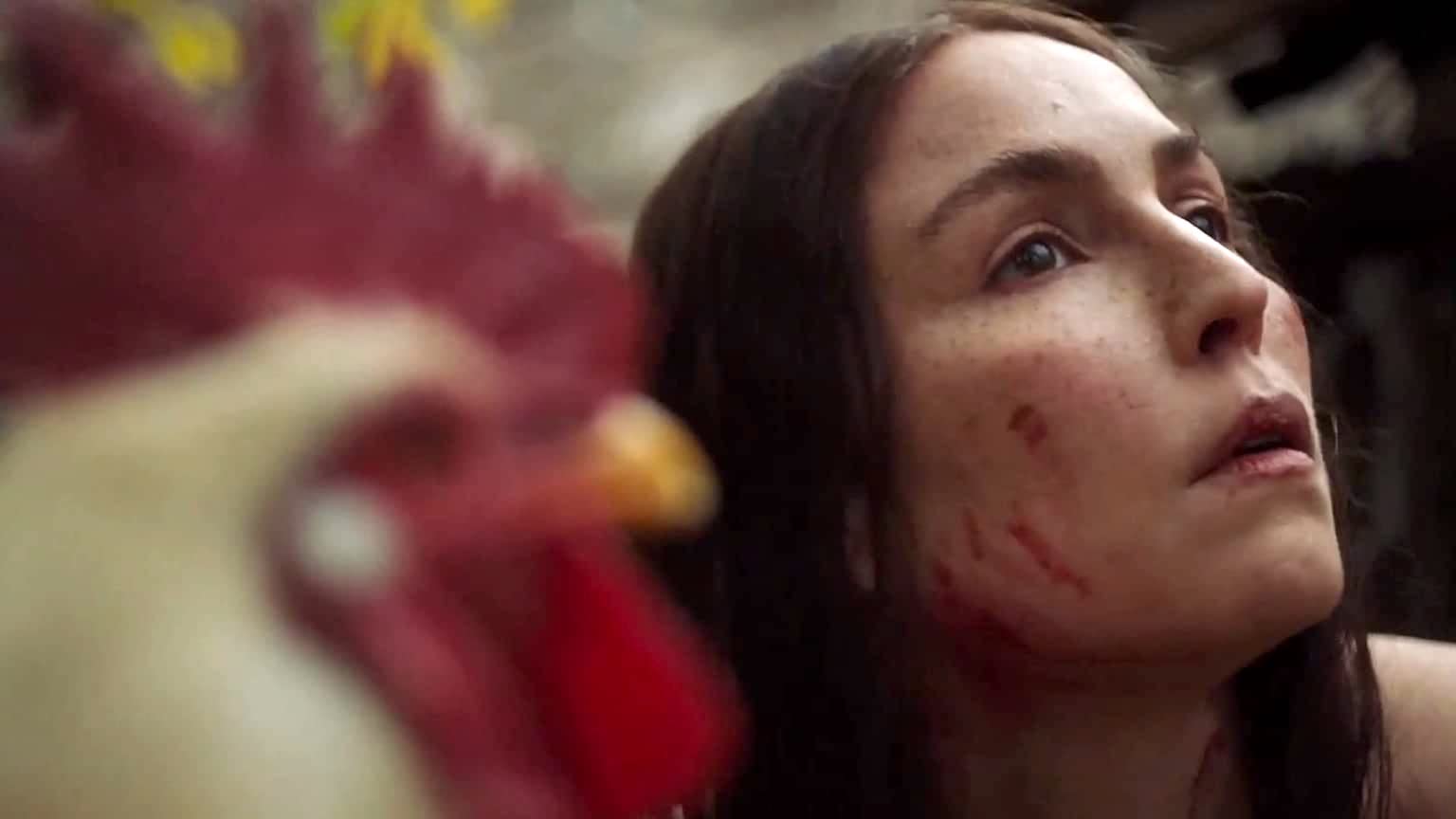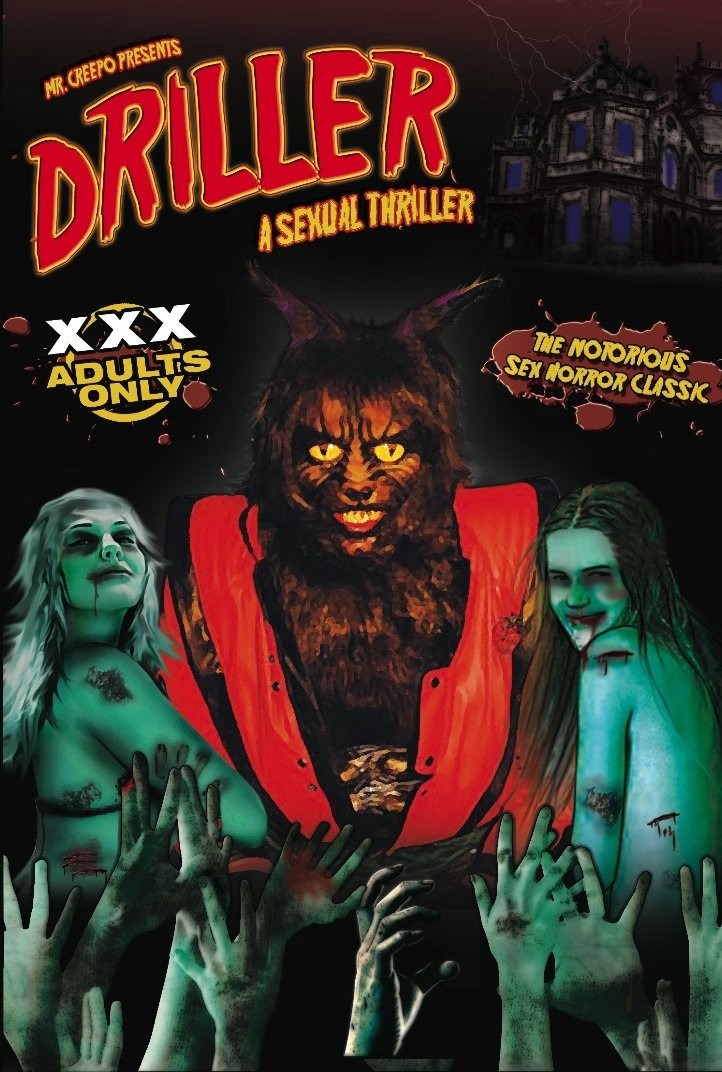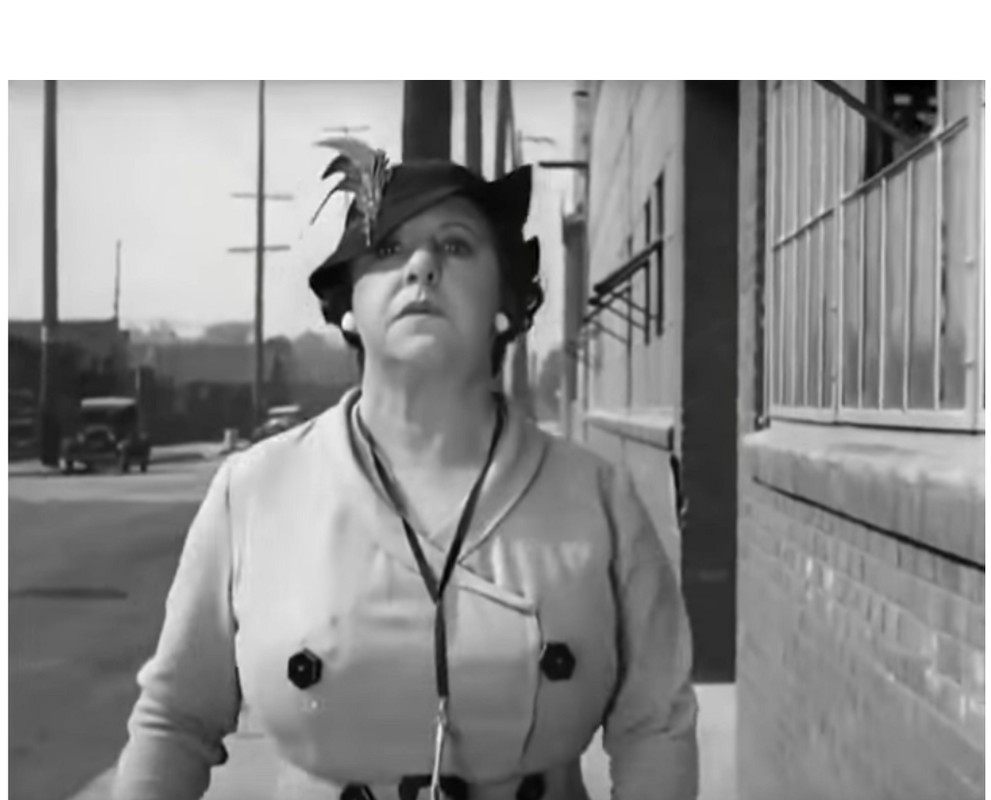
Top of The Heap is hard to digest. It’s ragged and unpredictable and it switches back and forth between fantasy, dreams, and reality. Plots are built on cause and effect, but in Top of The Heap, we get a mass of interconnected scenes. It works when the scenes compliment and inform each other but often they just seem to pile up in a disordered mass.
The movie follows George, a frustrated, black, cop who has been passed over for a promotion. As the film unfolds his character doesn’t so much develop as change contexts. Whether imagined or real we see him in a variety of situations that cast him in different roles. We don’t so much learn about him as witness him.
As a cop, he tries to project authority, as a husband he tries to negotiate empathy, as a black man he tries to protest, but he is unable to make any of these identities work. He is continually buffeted by life and does not seem able to cope. He is a thoroughly unlikeable character, and the audience is made to sympathize more with his position in life than George himself.
Top of The Heap was written, directed, produced, and starred in by Christopher St. John. The dialogue is poor and so is the acting, but there are times when the hollowness of some scenes contributes to a feeling of dissociative alienation. Everything seems like a pointless, empty role George finds himself obligated to play. He cheats on his wife, but his mistress just ends up accusing him of the same shortcomings his wife accuses him of. He tries to be a good cop. but both his colleagues and the criminals he arrests reproach him. Even what appears to be a fantasy of becoming a famous astronaut turns into a nightmare.

As the movie picks up momentum, the imagery starts switching faster and then combining. In one scene, we see him dressed in a space suit standing in a parking lot while three police cars screech in a circle around him preventing him from leaving. The image is a depiction of the irreconcilable conflict that is tearing George apart. He is trapped between oppressor and oppressed, hero and villain. He is both the policeman in the car as well as the man being chased. His being an astronaut makes him an American icon, but it is a hollow symbol for an America that has no use for him. Suddenly, we see him on the surface of the moon. He rips the American flag patch off his suit, and then the NASA patch, but then he begins ripping off his breathing apparatus as well. He is severing his tethers, but he is also destroying himself.

The juxtapositions are complex and jumbled, but they are the most interesting part. The story of a black cop descending into madness due to the inherent contradictions in his job becomes melodramatic and overwrought, but the cinematic images it produces are compelling. Not bound by the logic of a chronological narrative, the images can evoke far more interesting ideas that are not so easily expressed through dialogue or straightforward storytelling.
The movie poster’s byline reads “His rage was the illness of the times.” With the understanding that movie posters are meant to be brief and sensational, the quote is a reflection of the strange, impersonal nature of the film. George’s core struggle is to make himself whole. It is a struggle for identity, and so the audience can never really get to know him

George’s struggle for identity can also be seen as a struggle to find a place in society. A place in every sense of the word. He needs a physical place to exist, to live, and to work, but he also needs a social and mental space where his thoughts and behaviors make sense. George looks out at the world and sees only shallow, unsatisfying labels that do nothing other than prescribe a set of behaviors that George finds ultimately unsatisfying and even degrading.
The role of "happily married husband" feels like economic bondage. The role of "dutiful policeman" seems like a collaboration with white supremacy. Each of the worlds he steps into is hostile and frustrating. George gets called a n****r by almost everyone he meets, be they white or black, rich or poor, victim or perpetrator. He tries to arrest two black drug dealers and they repeatedly call him a n****r pig. Even his wife uses the word to belittle him.

George’s prescribed spaces are collapsing. Cinematically, they are literally invading each other. George is a policeman on the street, and then as he turns around, he is suddenly an astronaut in a ticker tape parade. In some ways, it’s as if George is not so much struggling to find an identity, but to avoid forming one altogether. Even his fantasy of being naked in an African garden of Eden is tainted when instead of an apple, he is presented with a watermelon. He smashes the melon with a closed fist in what looks like anger, but then he greedily gobbles up the pulp and feeds it to his naked wife. There is no resolution in any of his choices, dreams, or ideas.

Christopher St. John made Top of The Heap in 1972. It was the only feature film he ever made. If George’s rage was, as the poster proclaims, the result of “the times,” St. John’s film is as well, and it is meant to be. Richard Nixon, the space race, assassinations, black power, drugs, sex, and bell-bottoms are all thrown in the blender. The film is part Blaxploitation inspired by Van Peebles, part Kubrick’s 2001, part art experimentation, and although it hadn’t been made yet there are some similarities to Nicolas Roeg’s The Man Who Fell to Earth, which came out 4 years later in 1976. Most of all,Top of The Heap exhibits the adventurous abandon of a 1970s film. It may have been rough and cheap, but it took risks, and St. John followed it to its conclusion without smoothing it out to be more commercially viable. The result is something historically significant that still reverberates in today’s society.

If you enjoyed this article you might also enjoy - https://filmofileshideout.com/archives/subject-position-in-bone/




Thanks! I have been bingeing (binging?) your writing on the blog. It's exellent. I've read a couple of your more serious film history/analysis pieces, too, and really enjoyed them. I'm a person who likes (some? Lots of? Definitely not tons of) films but I don't have a background in film studies or theory or whatever. The writing hits just right for me. I get enough of the references to feel smart, and I see the theses and points you develop. I also, so far, find them to be meaningful. Thanks for writing them.